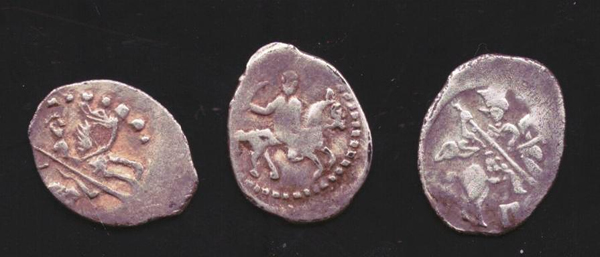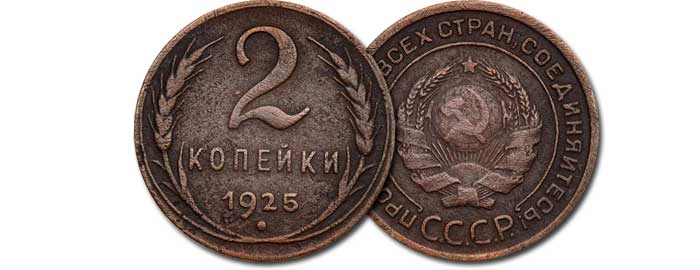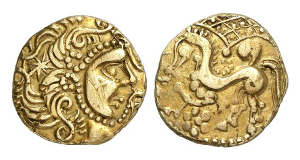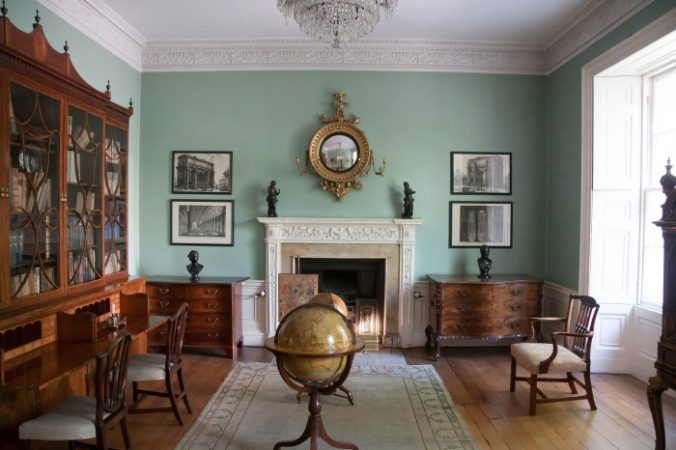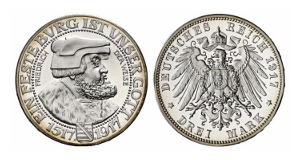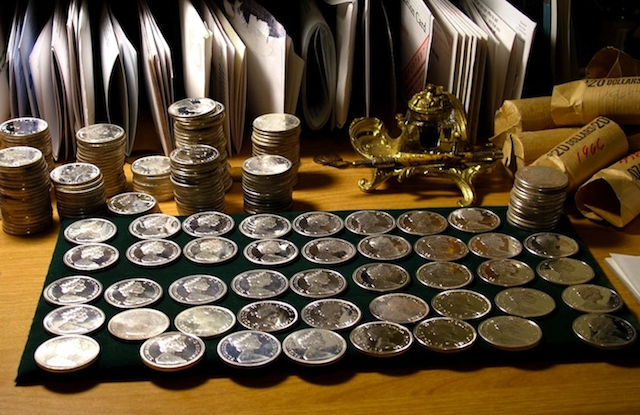Vintage German coins and medals
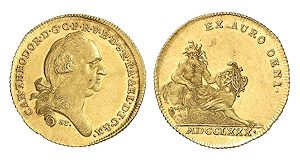 Coinage in the territory of the German state from the end of the Middle Ages (XV century) and until the introduction of the imperial state currency in 1871 is without doubt one of the most versatile and diverse areas of coin collecting.
Coinage in the territory of the German state from the end of the Middle Ages (XV century) and until the introduction of the imperial state currency in 1871 is without doubt one of the most versatile and diverse areas of coin collecting.
While other European countries, such as England, Spain or France, by the end of the Middle Ages became national states in which coinage was carried out centrally, Germany until the founding of the Empire after the Franco-Prussian War (1870-1871) remained geographically heavily fragmented. As a result, the circulation contained a vast amount of various types of German coins, produced by a multitude of chased workshops belonging to duchies, counties, bishops and monasteries or free imperial cities. Various measures, such as the 16th century Coin Statutes or the 17th century Coin Treaties, over time proved unsuccessful in trying to establish a single German monetary system and thereby facilitate trade and travel. I would like to say that modern collectors of old German coins were lucky in this regard!
It does not matter which region or region we are talking about: Anhalt, Brandenburg and Saxony, or Corvey, Esslingen and Magdeburg. The multitude of mints that existed in this region can be the starting point of an extensive collection of old German coins for any collector who is fond of regional history. At the same time, entertaining coin images can be found both on large old German coins, first of all on the minted North German taler and South German gulden, and on countless small coins (coins of lands and individual regions) used for payment. in everyday life. A 2/3 thaler coin, a coin that was used as a “transitional currency” between northern and southern Germany, can also become a particularly attractive area for collecting vintage coins. This thaler was minted in various forms in many German coin shops.
In addition, you can collect other interesting types of German gold coins, for example, ducats, goldguldens, crowns or maxdors, and their various options: multiple coins, larger and heavier than their prototype, river gold ducats, miner coins and reprints of small change coins from gold which in original execution did not represent value. Since there is easily accessible literature on all these topics, a collector can quickly gather a collection of interest to him. Medals, the release of which was devoted to various memorable events, and their mixed forms, for example, the so-called. Schautaler (medal thaler), also represent an interesting area of collecting with entertaining motifs of images.
The eloquent images of German coins and medals reflect the changing history of the German Empire and its territories. Are you interested in the motives of the era of the Reformation, propaganda military chasing of Frederick II the Great or the XIX century medals on the achievements of science and the arts; among the old German coins you will find coins for every taste and the historical period that interests you.
Immerse yourself in a variety of old German coinage and find a piece of “minted history” at home.
